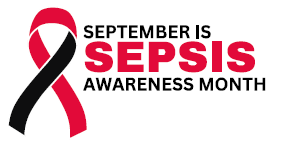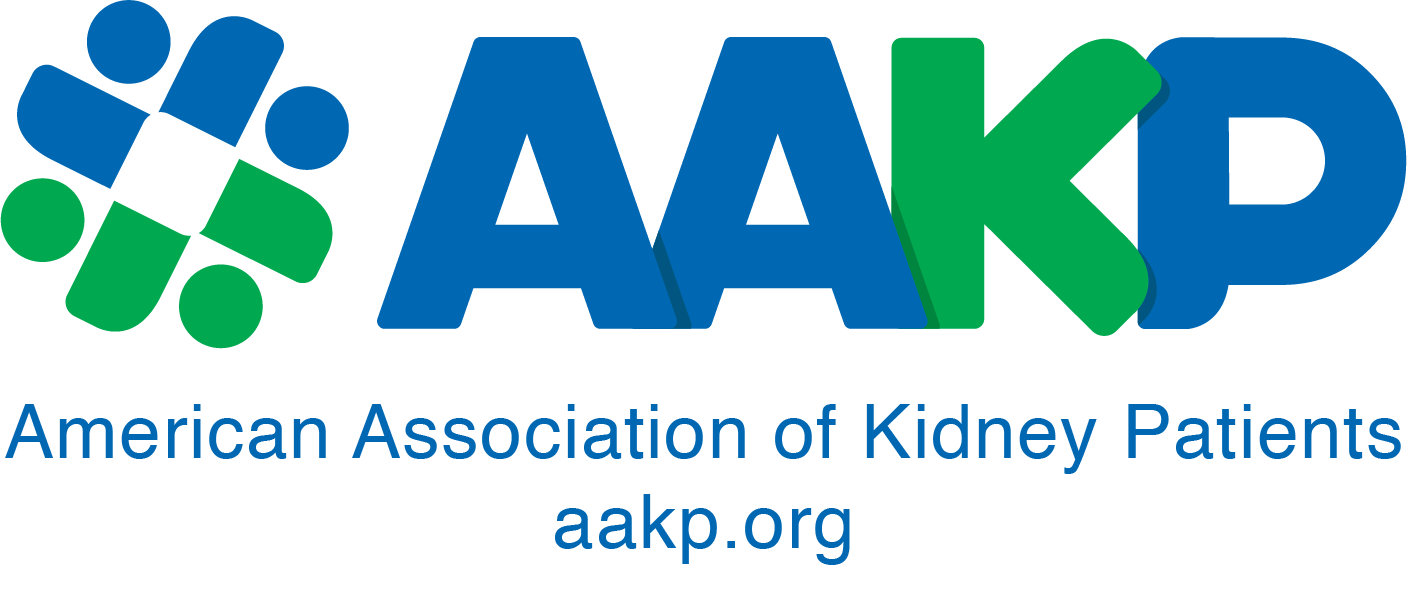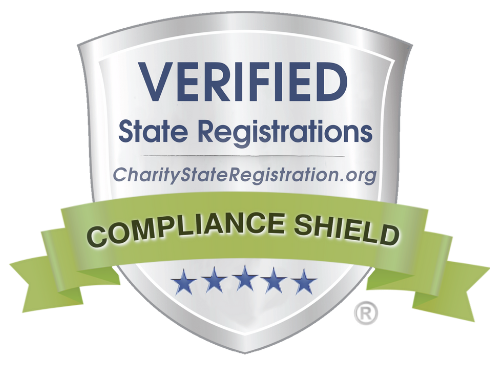Dawn Edwards has been navigating the challenges of kidney disease for 35 years. Her journey began at age 21, when she was diagnosed with proteinuria during her pregnancy – a condition marked by the presence of protein in the urine, often a sign of kidney damage. Despite frequent hospital visits due to dehydration, Dawn was able to deliver a healthy baby girl.
Life after her daughter’s birth appeared promising. Dawn worked at the Post Office, got engaged, and married. However, her health continued to present issues, and she was diagnosed with high blood pressure. Just a year later, at age 22, Dawn thought she was pregnant again. She was having many signs of pregnancy including throwing up and back aches. When she went to the doctor for a check-up, she learned that she was not pregnant, and instead, she was shocked to be referred to a, nephrologist, which is a kidney specialist.

At the nephrologist’s office, she learned that her kidneys were failing, and she would need to get a vascular access put in her arm and prepare for hemodialysis. At this time, her doctor did not discuss alternative treatments like home dialysis or kidney transplantation, and Dawn knew little about kidney disease or even what to ask. After a kidney biopsy, she learned that her kidney failure stemmed from glomerulonephritis; much later she learned that it was more specifically Post-streptococcal glomerulonephritis that most likely started from scarlet fever when she was a child.
Dawn began in-center hemodialysis, all while still trying to work, and raise her young daughter. Her nephrologist told her that all she had to do was “show-up” at the center and everything would be taken care of. However, she found the dialysis center to be a miserable experience.
Life became a struggle, Dawn was going through a divorce, and she missed time at home with her daughter because of her treatments. She remembers hearing about peritoneal dialysis (PD), a form of dialysis done at home, from other patients at the clinic, but it seemed like their comments were always negative. Some of the comments were—”you’re not going to like it”, “everybody dies who is on PD”, “you can’t wear fitted clothing”, “you’re not going to want to do treatments seven days a week”, etc. But after three years of going to in-center hemodialysis, she was so disgusted with it, that she decided to stop going to treatments.
“I didn’t want to die, but I didn’t want to live like that anymore,” Dawn recalls. She told her family that she was not going to go to dialysis anymore, and she arranged for her sister to raise her daughter.
After more than a week of missing treatments, Dawn became very sick. This is when she received a call from a young nephrologist who treated her at her dialysis center. He encouraged her to try PD. He told Dawn he would make a deal with her; he said that if she came back to in-center dialysis for a few treatments, he would arrange for her to start PD. He told Dawn that if she liked PD, great, but if not, she could go ahead and make whatever treatment decision she wished. And so, Dawn decided to try PD. The patients at her center were very negative about her decision to try PD, and told her “You’ll be back,” but Dawn knew she was never coming back.
As it turned out, Dawn did well with PD. She shares, “It was just the best solution for me. I got to be home with my daughter. I got my wings back and could live again.” She was doing so well that she even took a girl’s trip to New Orleans for Mardi Gras and was able to enjoy herself.
Finally, after 10 years of PD and many years on the transplant list, she received a kidney transplant from a deceased donor in 2003. Her transplant lasted six years. She did have some rejection episodes, but during this time she was able to “reinvent herself” and started a new job as an ESRD Network Community Outreach Coordinator.
After the transplant failed, Dawn was back to in-center hemodialysis, which she hated just as much as before. During this time, she was also dealing with multiple other health issues including colon polyps that led to the removal of her colon and a serious bacterial infection, called MRSA. Yet, she pressed on, and with a lot of medical care, her health eventually improved.
Dawn started researching home hemodialysis programs. She says that home hemodialysis was new and “a niche thing to do.” She researched using the website Home Dialysis Central. She made a lot of calls, but many programs would not take her because she was using a catheter for her dialysis access. As she worked her way down the list of programs, she eventually spoke to a nurse who listened and gave her a chance to interview for the program. At the interview, the nurse said she would be accepted, but she needed two things, a care partner and a goal. Dawn had her mother, who was retired, lined up to be her care partner, but she wasn’t sure she had a goal. After giving it a lot of thought and thinking about her kidney journey, she realized her goal was to help fellow patients, especially patients just starting on dialysis. “I want to do something so that no one has to start on dialysis like I did.” The nurse put that goal in Dawn’s care plan, and it became a guiding force in her life.
Dawn successfully transitioned to home hemodialysis and, after a few years, was offered a job with NxStage Medical, a home hemodialysis company, a role she’s now held for 13 years. In addition, she works as a Wellness Ambassador for the Rogosin Institute where she encourages patients to live their best life, no matter their treatment choice. Additionally, Dawn is an AAKP Ambassador as well as a kidney volunteer for many other organizations. “I get to help patients all over the place.”
Sepsis Awareness Month
As many kidney patients do, Dawn has suffered numerous infections throughout her 35 years with kidney disease. In November 2023, just after traveling for advocacy work, she developed an upper respiratory infection. She was prescribed medications, but her infection did not seem to be improving after many months.

One day in April of 2024, while trying to set up her home hemodialysis machine for treatment, Dawn became disoriented and confused. She could not remember how to set up the machine. Her family took her to the hospital because they knew that confusion could be a signal that something bad was going on with her health. At the emergency room, the medical team did testing and found two types of infections, salmonella and E. coli. She was diagnosed with severe sepsis.
Because her catheter was infected, the doctors tried to find another way for her to dialyze. Vascular access, such as a fistula or graft, were ruled out because she had no space available. They explored other options, including PD and a discussion about xenotransplantation. Dawn was active on the kidney transplant list before the infection, but her status was on hold. Finally, after weeks of being in the hospital on antibiotics, her sepsis started to clear, and she was able to continue home hemodialysis with some safety guards in place including an antimicrobial lock.
Dawn is now home and doing better. She has started working and volunteering again. For Sepsis Awareness Month, she wants patients to know more about sepsis because knowledge saves lives.
Here’s some important tips from Dawn on for Sepsis Awareness Month.
Patients need to know…
• We are all susceptible to infections and sepsis. No matter how clean we are, we are still vulnerable. Patients sometimes have a false sense of security because they follow the procedures, sanitize, etc. However, you can still get it. As dialysis patients we are immunocompromised—immunocompromised is not just for transplant patients.
• There is no reason to feel ashamed. Once diagnosed with an infection, you may be given booklets about hand hygiene. Your medical care team just wants to make sure you have the information; it does not mean that you are not doing it right or are unclean. There is no reason to be ashamed if you are diagnosed with it.
• Signs and symptoms may differ. Sepsis can present itself in so many ways, it could just be a headache, or it could be fever or chills. For Dawn it presented as confusion. If you notice something is different with your body, speak up immediately. If you are at the dialysis center, and you notice something does not feel right, let the staff know right away. If you are a home dialysis patient and you notice something off, don’t think you can dialyze away. Let your care team members know.
• Sepsis is a life-threatening condition. It kills people. The longer you go undiagnosed the more dangerous it can become. Don’t wait.
Additional Resources:
• Sepsis Alliance: https://www.sepsis.org/
Vascular Access - Before you can begin hemodialysis, you will need a permanent access (an entrance) to your blood vessels. This is where the two needles will be inserted each time you have treatment. An access is created during a minor operation. There are three types of access – a fistula, a graft, or a catheter.
Learn more:
https://bit.ly/AAKPDialysis
Kidney Biopsy - A kidney biopsy is a procedure to remove a small piece of kidney tissue that can be examined under a microscope for signs of damage or disease.
Post-streptococcal glomerulonephritis
(PSGN) - Post-streptococcal glomerulonephritis (PSGN) is an inflammatory disease affecting the kidneys. It’s rare, but PSGN can develop after strep throat, scarlet fever, or impetigo. Symptoms of PSGN usually point to kidney issues and long-term kidney damage can occur.
Methicillin-resistant Staphylococcus aureus (MRSA) infection is caused by a type of staph bacteria that’s become resistant to many of the antibiotics used to treat ordinary staph infections.
This article was originally published in the Sept./Oct. 2024 issue of aakpRENALIFE.























